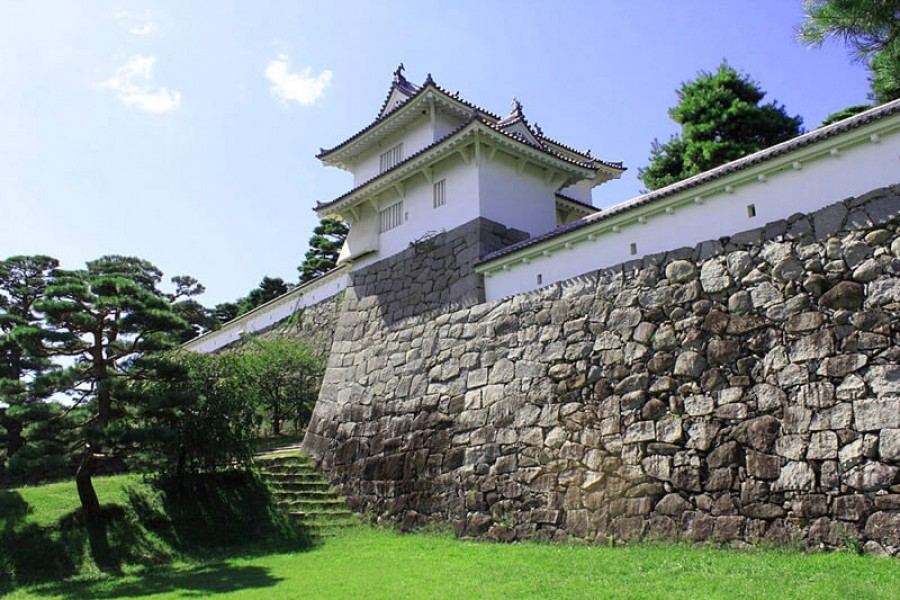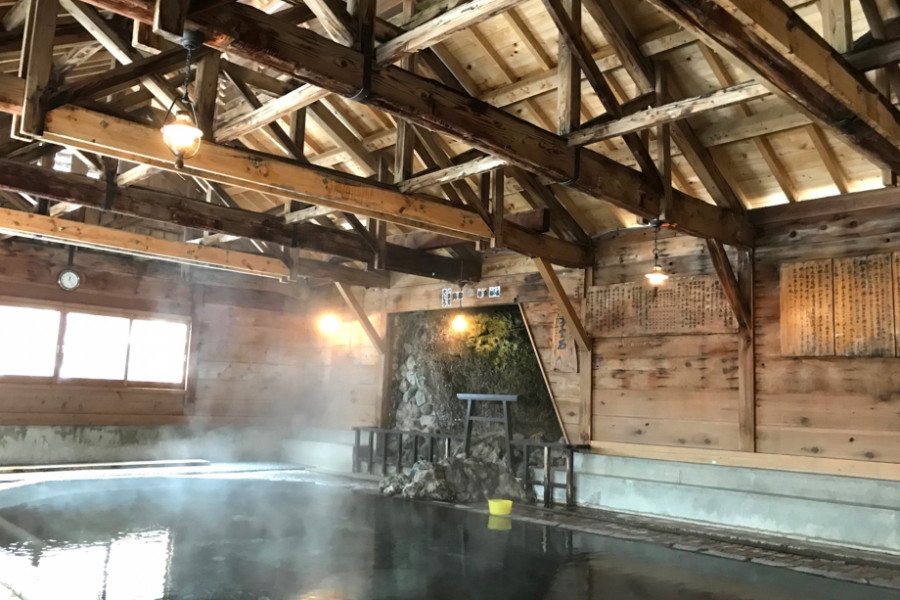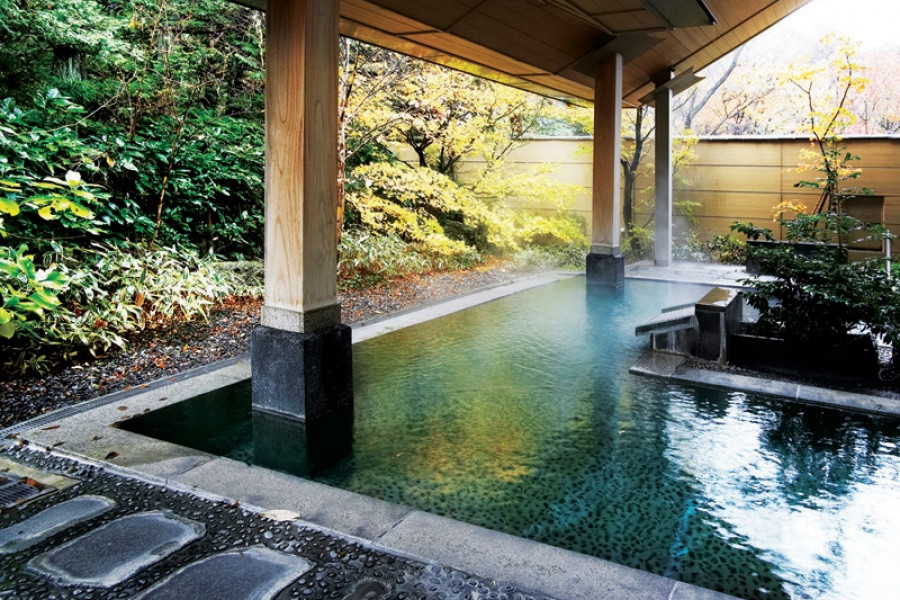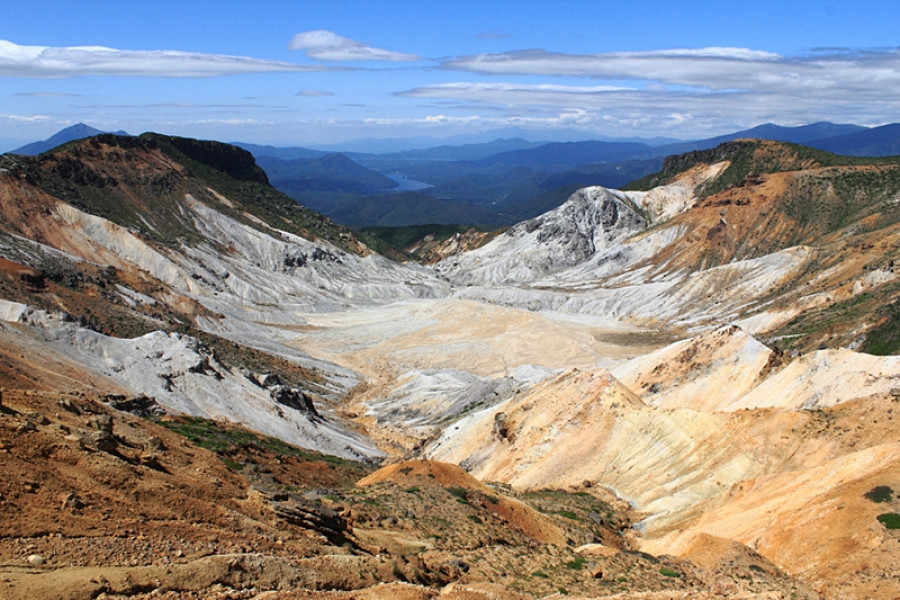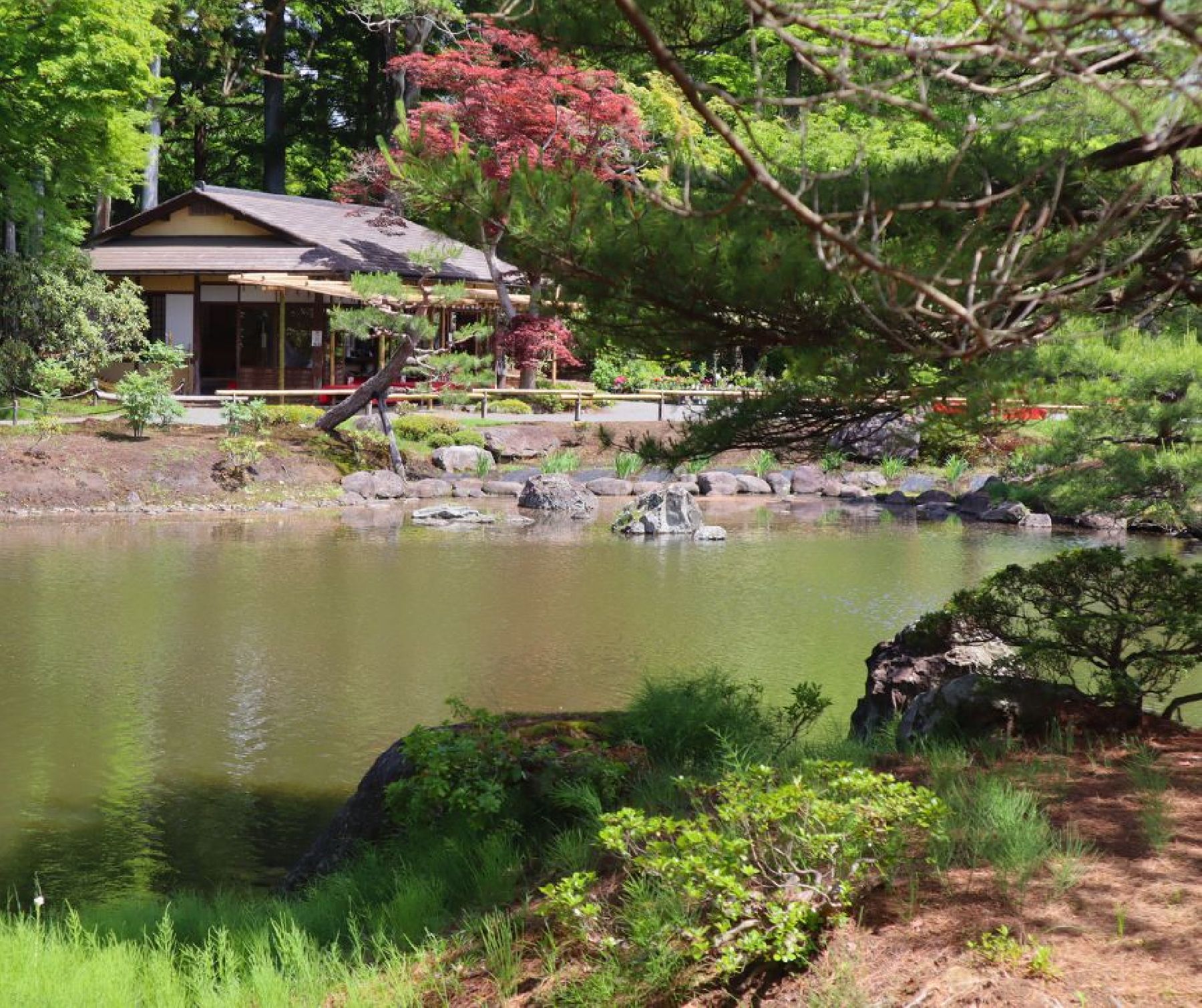Day Trip in Nihonmatsu City
Spend a day in Nihonmatsu City in Northern Fukushima, an area known for rich cultural traditions and specialities in sake and lacquerware. We recommend that you explore the city through our itinerary on foot or by taking short taxi rides. Access JR Nihonmatsu Station via the Tohoku Main Line.
